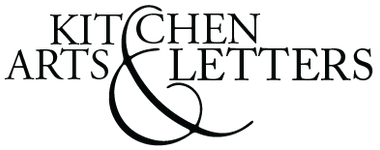OP: Young House-Keeper, The
Shipping calculated at checkout
George W. Light, Boston, 1840. Hardcover. Good. Fifth stereotype edition.
The American physician and social reformer William Alcott (1798–1859) was a prolific writer, with about a hundred books to his credit. Although he dealt with subjects ranging from education to the role of women in the family, he was most focused on the importance of a proper diet, which he held should be strictly vegetarian. Although he devoted several books to that subject, The Young House-Keeper (1838) was his major statement and a huge success. By 1851 it had gone through some 20 printings.
In more than 400 pages Alcott examines about three dozen classes of fruits, vegetables, nuts, and grains, evaluating their nutritional and health-supporting properties. His chapter on cucumbers, for example, covers such topics as “Evils of the cucumber overrated,” noting, though, that they are “not very nutritious.”
Animal foods are included, though reluctantly and quite briefly. He regrets ‘‘to be obliged to recognize animal food as a primary aliment; for I consider the resort to it as proper only in the case of infants, diseased persons, and the people of those regions or places where better food cannot be obtained.”
A significant book for any major American collection, this is fascinating reading with many side discussions on broader social issues.
We are offering a Good copy of the 1840 fifth stereotype edition. It is firmly bound. The gold-stamped title to the spine has dimmed and the boards are well-worn. Discoloration and staining throughout the block, none of which impedes the legibility. Two early gift inscriptions to the front blanks and some absentminded doodling to the half title. This copy was acquired from famed music journalist June Barsalona (née Harris) who, in turn, acquired it from her friends and antiquarian book dealers Betsy and Timothy Trace.



